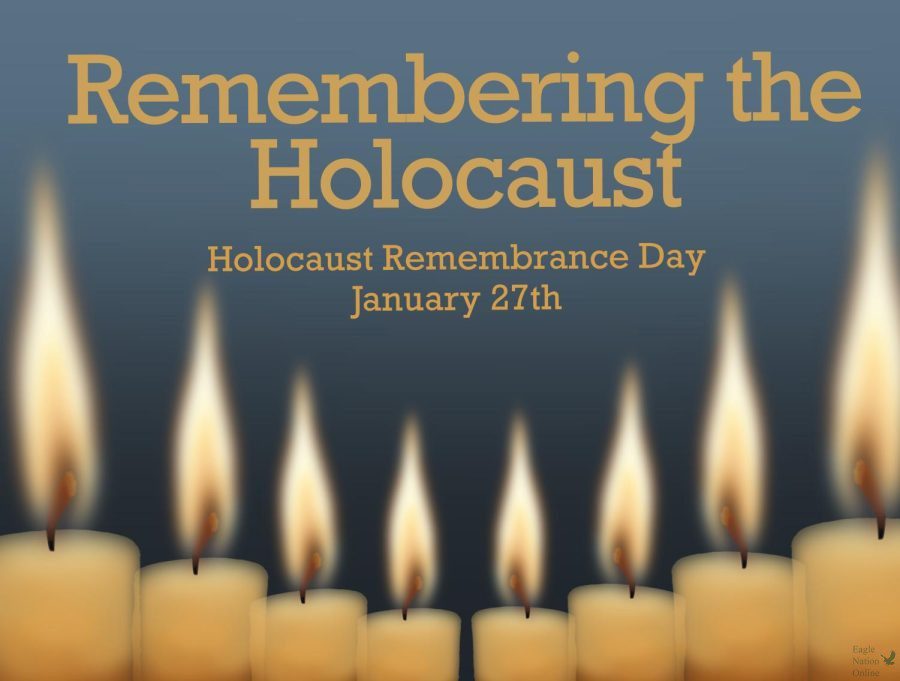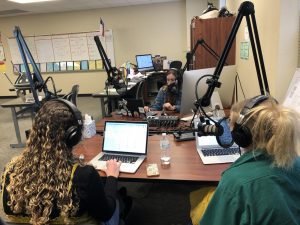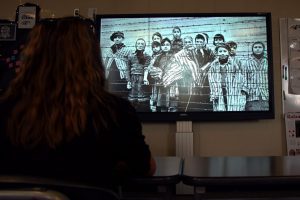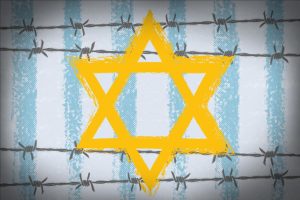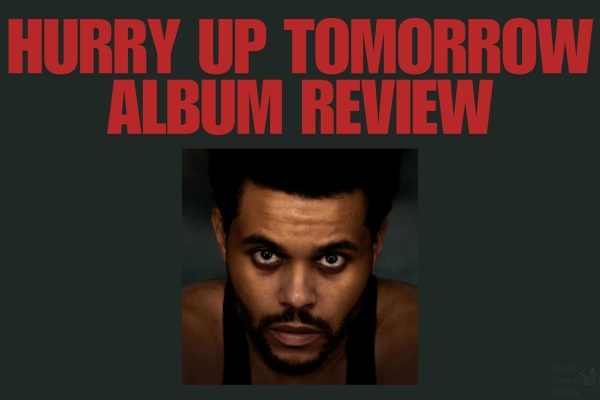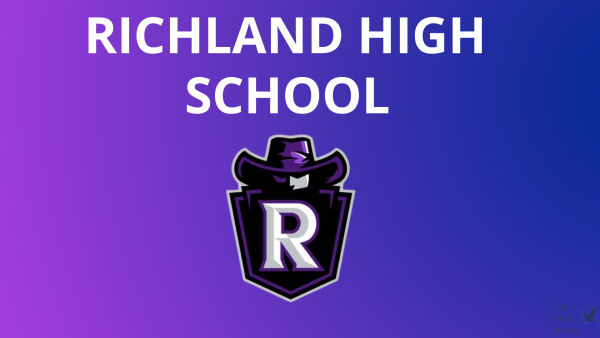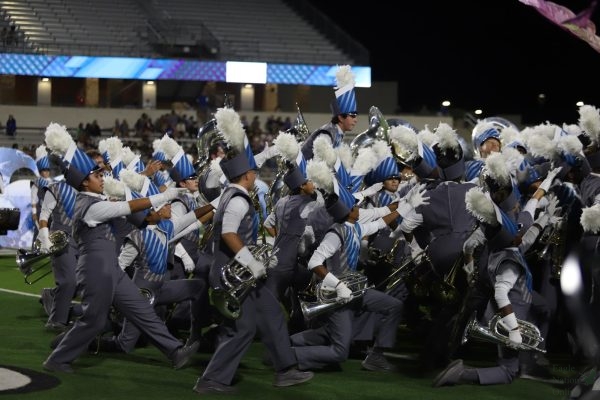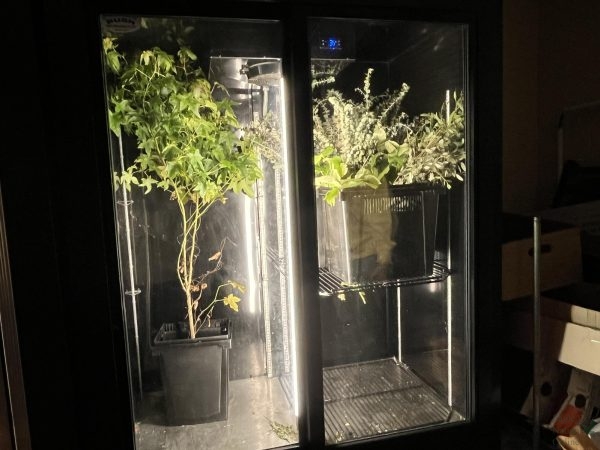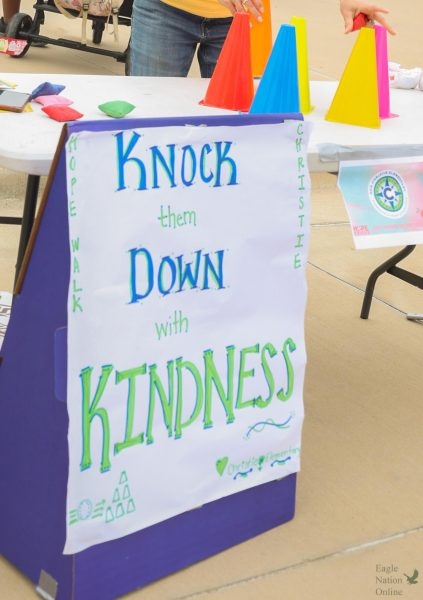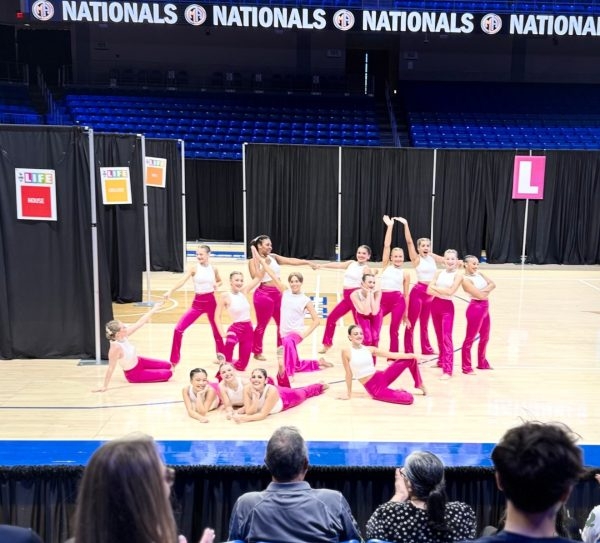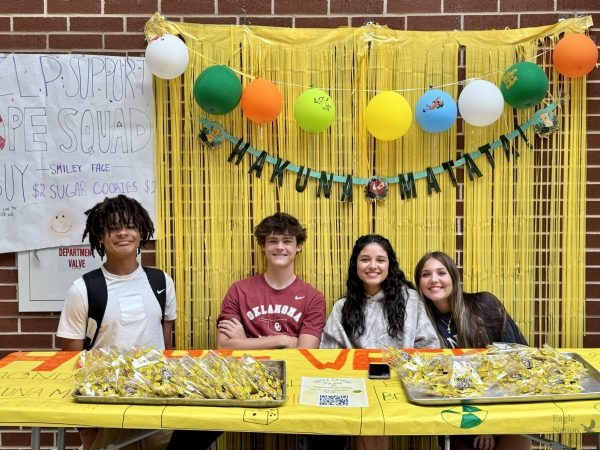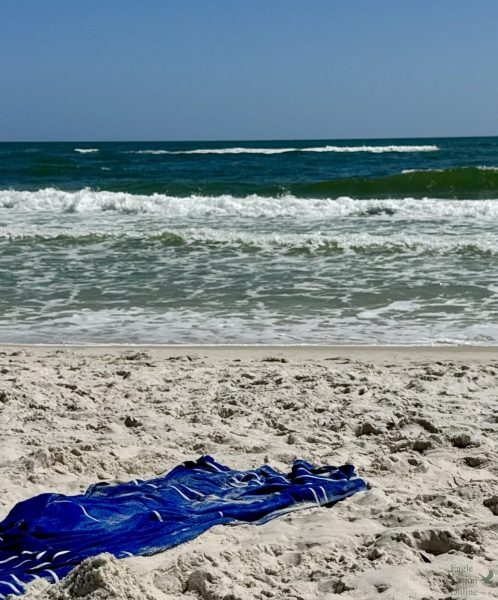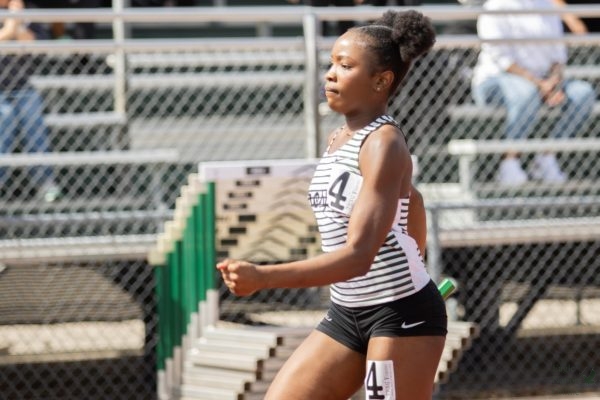Students, staff discuss antisemitism, Holocaust Remembrance Day
Events, talks seek to combat acts of prejudice against Jewish community
Eight candles hold the attention in this digitally constructed image made in Procreate by Nora Vedder.” Holocaust Remembrance Day, held today, Jan. 27, is an international day remembering the 6 million Jewish people that died during the Holocaust because of their religion. On Jan. 27, 1945, the largest death camp, Auschwitz, was liberated, Holocaust Remembrance Day takes place on the anniversary of the camp’s liberation. The attached article discusses both the Holocaust and the ongoing acts of antisemitism worldwide – and here.
It’s been 82 years. Yet, just a week and a half ago, art students in Room 1035 found a discovery on the lightbox in their work area. But, they stopped before turning it on to help with their pieces. More students crowded around to see what was wrong. They began to murmur – and gasp. A student called over the teacher, saying “Someone drew a swastika on here.” The space next to the symbol held this phrase: “I hate Jews.”
All of this occurred here just a week and a half before this year’s Holocaust Remembrance Day.
The Holocaust, which claimed the lives of 6 million, took place 82 years ago, and now the United Nations Holocaust Memorial ceremony will be held today, Jan. 27, in the United Nations General Assembly Hall. Yet, while the ceremony is in New York, the Jewish community is on the minds of students and staff as they discuss antisemitism and honoring the lives taken.
“There’s always been a strain of antisemitism in the country,” social studies teacher Jeffery Kear said. “It’s similar to any other kind of racism where people have these feelings because they feel threatened. There’s always been people who have a kind of dominant position in society, and they were able to pass that advantage to their children, (so) if other groups get to compete with their children, how would their children continue to have advantages? For any kind of racial prejudice that has existed, that’s been at the root of it. A lot of American antisemitism is rooted in that same thing. ”
Antisemitism is prejudice or hatred against Jewish people. According to a study conducted by the Anti-Defamation League, “Percent of Americans Agreeing with Six or More Anti-Jewish Tropes Across Time”, a 9% increase in antisemitism occurred between 2019 and 2022. In 2019, 11% of Americans agreed with the tropes, and in 2022, 20% of Americans agreed with the stereotypes.
“(Antisemitism) rises, and it falls with the times,” Kear said. “We have a strange relationship with it in this country because we’re a big supporter of Israel. And when Israel after World War II, when Israel was founded, the United States was the first country to officially recognize their government. So on the one hand, we’re big supporters of the Jewish state in the Middle East, but we continue to have this weird sort of underground strain of antisemitism here.”
Antisemitism also has shown presence in the actions of celebrities. Ye, also known as Kanye West, has spread antisemitic viewpoints within the past few months. On Oct. 8, 2022, West tweeted that he would be going “death con 3 on Jewish people” referencing the military term, defense readiness condition (DEFCON), used for heightened readiness in the face of a threat. Twitter removed the tweet the next morning.
“In the spaces I inhabit, I haven’t seen anyone I know take (antisemitic comments by celebrities) seriously, but I can see how people spreading misinformation and hate will also make antisemitism much more normalized and common,” senior Perrin Schaafsma said. “I’ve even seen that kind of thing firsthand, though I can’t be sure the person involved got it from someone famous saying the same thing.”
Learning about the Holocaust and World War II is a part of the history curriculum, and students typically learn about the historic event in World History and US History courses. The Holocaust may also become a focus in other subjects and courses.
“I know in the English classes that I used to teach, we would read “Night,” and we would read that one in particular,” social studies teacher Shawna Day said. “It was discussed from a literary point of view about someone’s experience in the camps. But in there was history that was contextualized to support the document, but really, it was something that they already understood, and we were examining it from a literary point of view on someone’s experience.”
Although the Holocaust may be covered in coursework, some said that the curriculum cannot go into depth enough to show just how much suffering the event caused.
“In my experience, (students) are not terribly uncomfortable, but part of the reason they’re not terribly uncomfortable is because our discussion tends to be fairly shallow,” Kear said. “What we get to present in the classroom is largely stuff they kind of already knew anyway. It’s as if their understanding of the Holocaust is an abstraction, like this is an academic topic, and not necessarily a real thing in the world because they never saw one. It’s like watching a zombie movie. Yeah, they ate that guy’s face, but of course, that was special effects. So you know, I’m not that worried about it. And the Holocaust itself is so remote in time and space from the kids that it’s almost like they can’t get geared up to be disturbed by it because it’s so far away.”
What can be done to help
International Holocaust Remembrance Day takes place, today, Jan. 27, marking the anniversary of the liberation of the Auschwitz-Birkenau camp, the largest death camp. This year is the 78th anniversary of the camp’s liberation. The day of remembrance was designated by the United Nations General Assembly, in order to honor the lives taken by the Holocaust.
Although Schaafsma is not Jewish, growing up in a Jewish family led her to have a more in-depth understanding of the tragedies of the Holocaust in comparison to what is covered in the curriculum.
“I think that a big thing that the curriculum doesn’t account for is empathy,” Schaafsma said. “Outside of reading ‘Night’ in middle school, which I doubt many people remember anyways, I’ve always felt that the Jewish people who suffered through the Holocaust are treated more like a statistic than like real people.”
Students primarily learn that approximately 6 million Jewish people were killed in the Holocaust, and how the Nazi party rose to power when being taught about the topic in history classes.
“There’s only so much sympathy you can have for a number, and so much hate comes from not seeing Jewish people as human beings, much like a statistics-only curriculum treats them,” Schaadsma said. “Honestly, having grown up with a lot of Jewish people, that empathy has always been baked in, because the people who died in the Holocaust might have been like my aunts, uncles, cousins, stepmom and stepdad. Knowing that you and your family would’ve been a target back then gives you a vastly different perspective all on its own. They aren’t statistics; they’re people, who you’ve known your whole life.”
Before the COVID-19 pandemic, students had the opportunity to visit the Dallas Holocaust Museum when learning about the event in history courses.
“I’ve taken kids there in the past. (It’s) very well run. It was especially useful in the past that they could have survivors who would talk to student groups,” Kear said. “As time goes by, there are fewer and fewer people available to do that. But if it was possible to start getting groups to go there again, that would be useful. It makes it more real.”
The Junior World Affairs Council is a club that works to learn about current events of the world, learning more from what students may be learning in history classes. Day sponsors the group and suggests how participation in the group could help educate others about prejudice.
“You could always reach out to (JWAC) and say, ‘Do you have a speaker that can come up to the schools?’ With COVID that was, especially with this particular group, they stopped doing that, but you can start doing things like that as well,” Day said. “Bringing speakers up is always a good thing just because sometimes you can’t get these field trips. But if you can bring the speakers to the school, that’s a good way, especially if you have a speaker who lived it or had family members who lived it.”
According to JWAC vice president and senior Sarayu Chitturi, JWAC has provided student opportunities to learn from speakers in the last few years.
“Last year, we got to attend a virtual speaker event, and the speaker talked to us about the ongoing Israel-Palestine conflict,” Chitturi said. “Although most may have heard of the event in the news, he provided a personal viewpoint on such issues. JWAC has given me many opportunities to get a deeper understanding of these events, and although the mentioned experience might be more relevant in the news, I’ve learned about various other issues that many might not even know are occurring today.”
According to JWAC president and senior Emeka Nzewunwah, JWAC could be used as a tool to educate others about antisemitism.
“Considering the size of our club, I do believe that JWAC is in a very good position to prevent antisemitism,” Nzewunwah said. “This could be done through one of our many service events, speaker events encouraging people to get involved, and last but not least: talking to people about the issues to make sure people are aware of what is going on with antisemitism in our community.”
Outside of school, students can educate themselves or report antisemitic, biased or discriminatory incidents by visiting the contact page of the ADL website, or the International Holocaust Remembrance Alliance (IRHA) website.
“Don’t turn a blind eye to antisemitism. Make use of the IHRA’s working definition of antisemitism to recognize and start discussions about common forms of antisemitism,” IHRA’s head of communications Barbara Uchdorf said. “Make sure to report instances of antisemitism, even if they don’t cross the threshold of a crime. The ADL is one good place, but feel free to ask your local authorities for tips. They might be keeping track of data in your community.”
Although the acts of the Holocaust occurred years ago, preventing antisemitism remains a topic of discussion and concern for students.
“Don’t just let it (antisemitism) happen,” Schaafsma said. “I’ve seen it slip by because the teacher doesn’t notice, and the surrounding students laugh it off like it’s a joke.”
Schaafsma had ideas about why antisemtism sometimes occurs.
“One of the big reasons it’s happening in the first place is because people can get away with it,” Schaafsma said. “Even if you can’t get rid of all of it, not tolerating it among your friends and students helps a lot more than anyone seems to realize. And, if you get called sensitive, maybe you need some better friends.”
Reporter’s Note: Quotes from the IHRA were contributed by Cate Emma Warren
This article was updated on Jan. 27 at 10:45 am to add in a quote from the Dallas Holocaust Museum.
Your donation will support the student journalists of Prosper High School. Your contribution will allow us to purchase equipment and cover our annual website hosting costs.
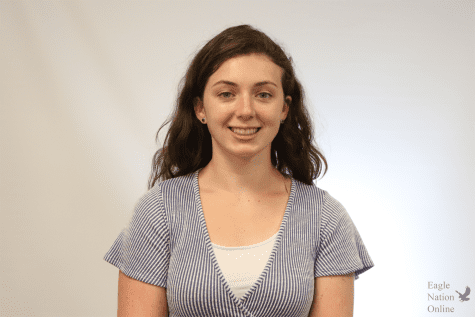
Honors & Awards:
3 Best of SNO publications
National Honor Society member 2022-2023
National Art Honor Society member 2021-2022, 2022-2023
Quill and Scroll member
Excellent New-Feature Story in 2023 TAJE News and Broadcast Best in Texas
Excellent Editorial in 2023 TAJE News and Broadcast Best in Texas
Student of the Quarter for Color Guard 2023
Student of the Year for Digital Media 2022
Student of the Year for Graphic Design II 2023
Student of the Year for Color Guard 2023




